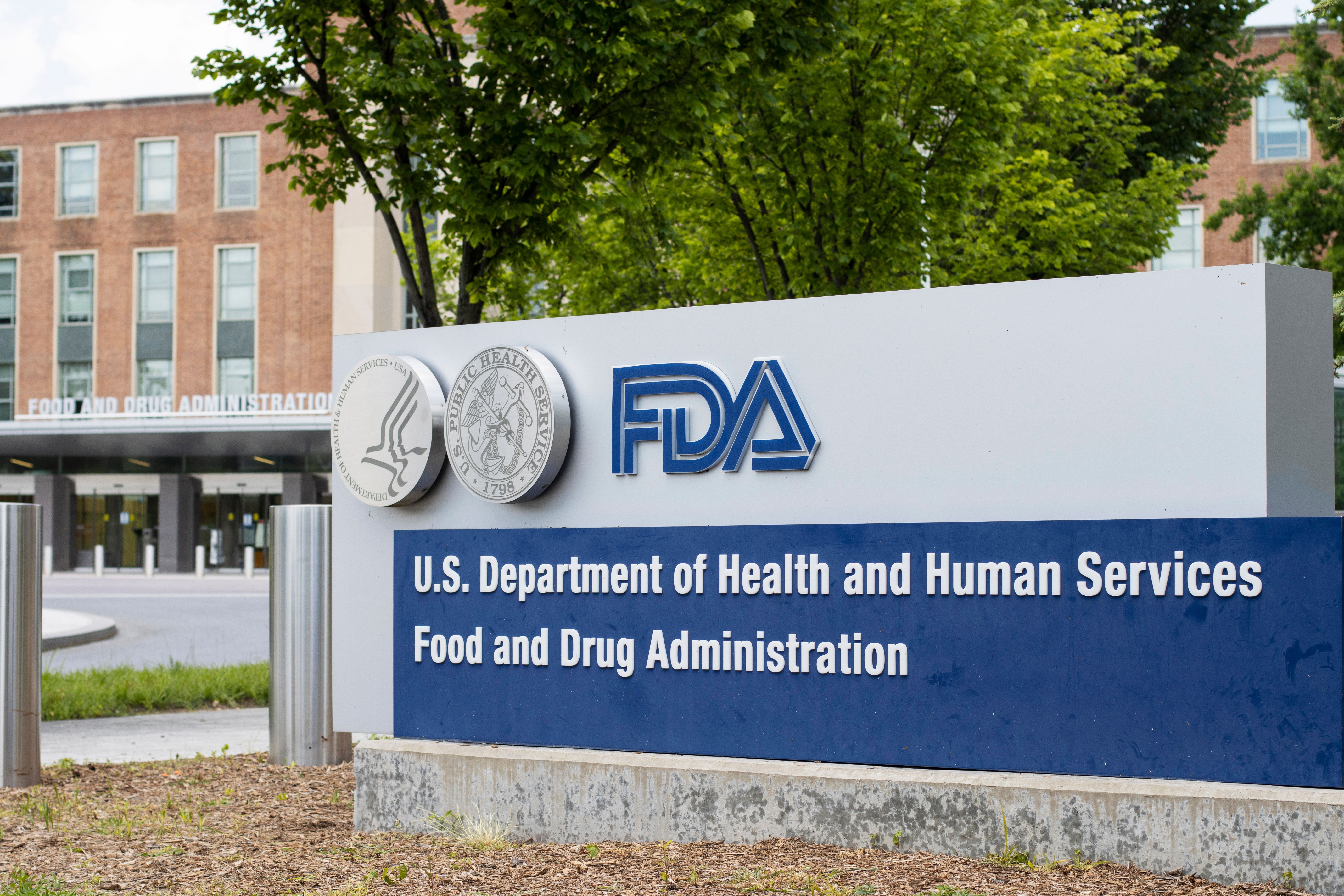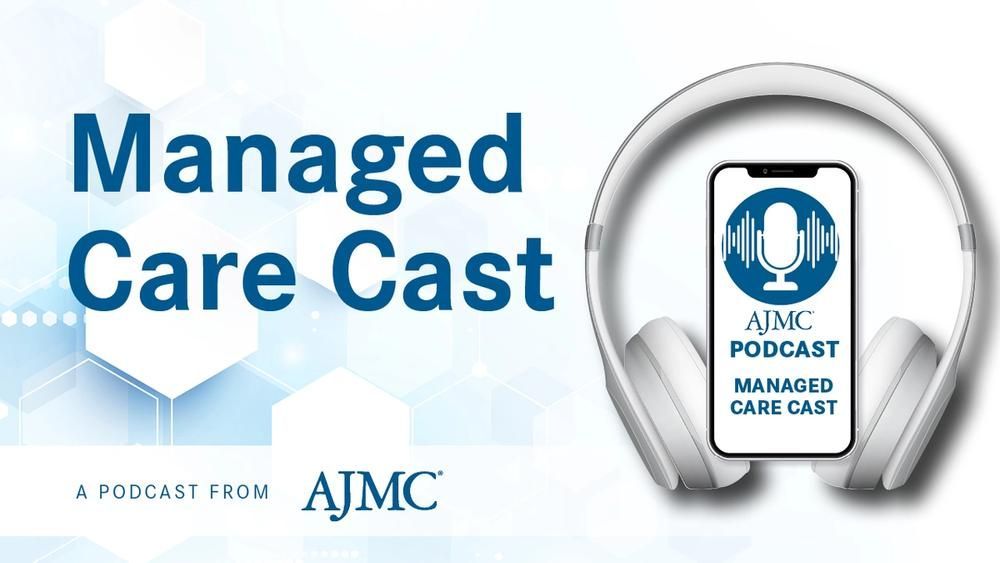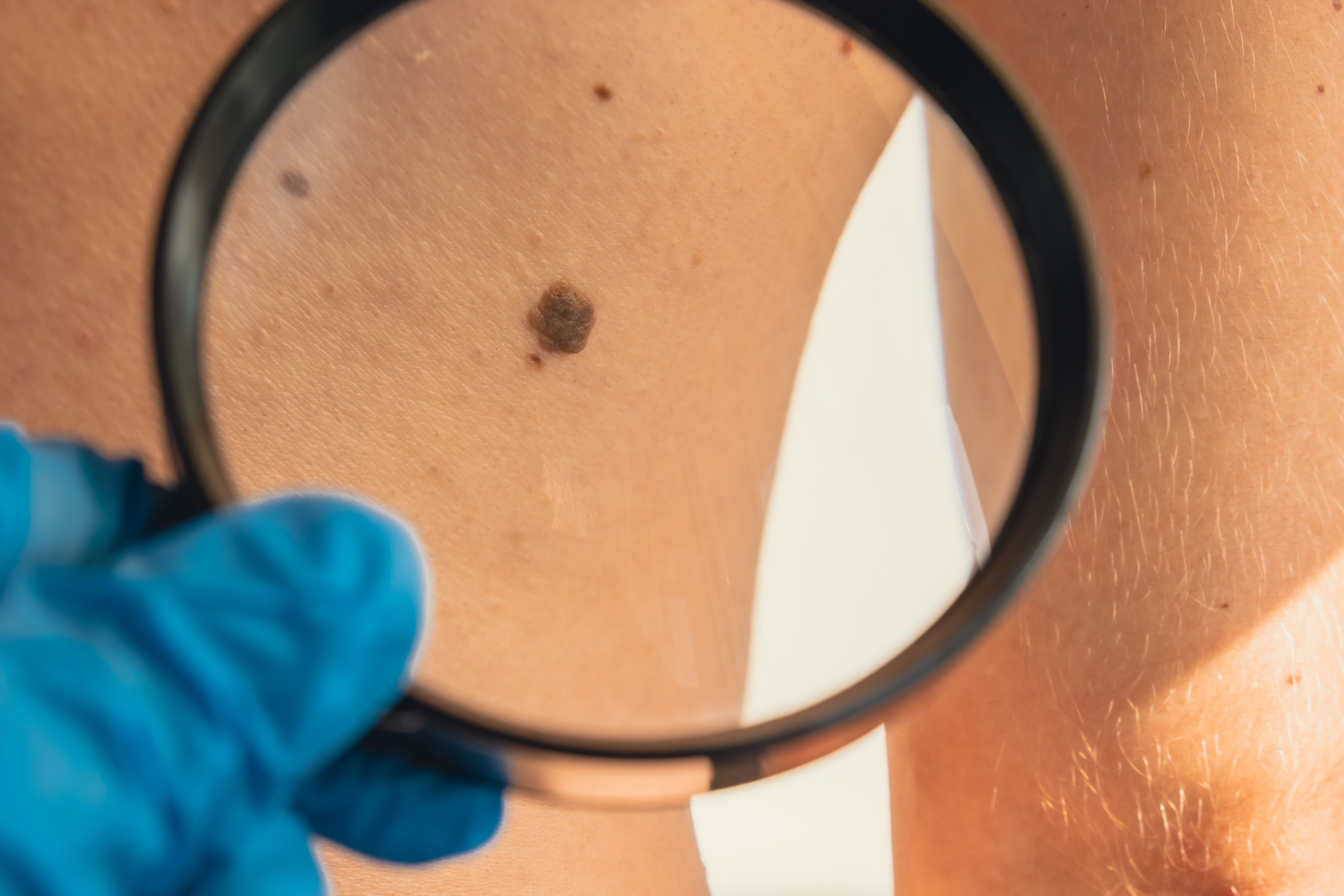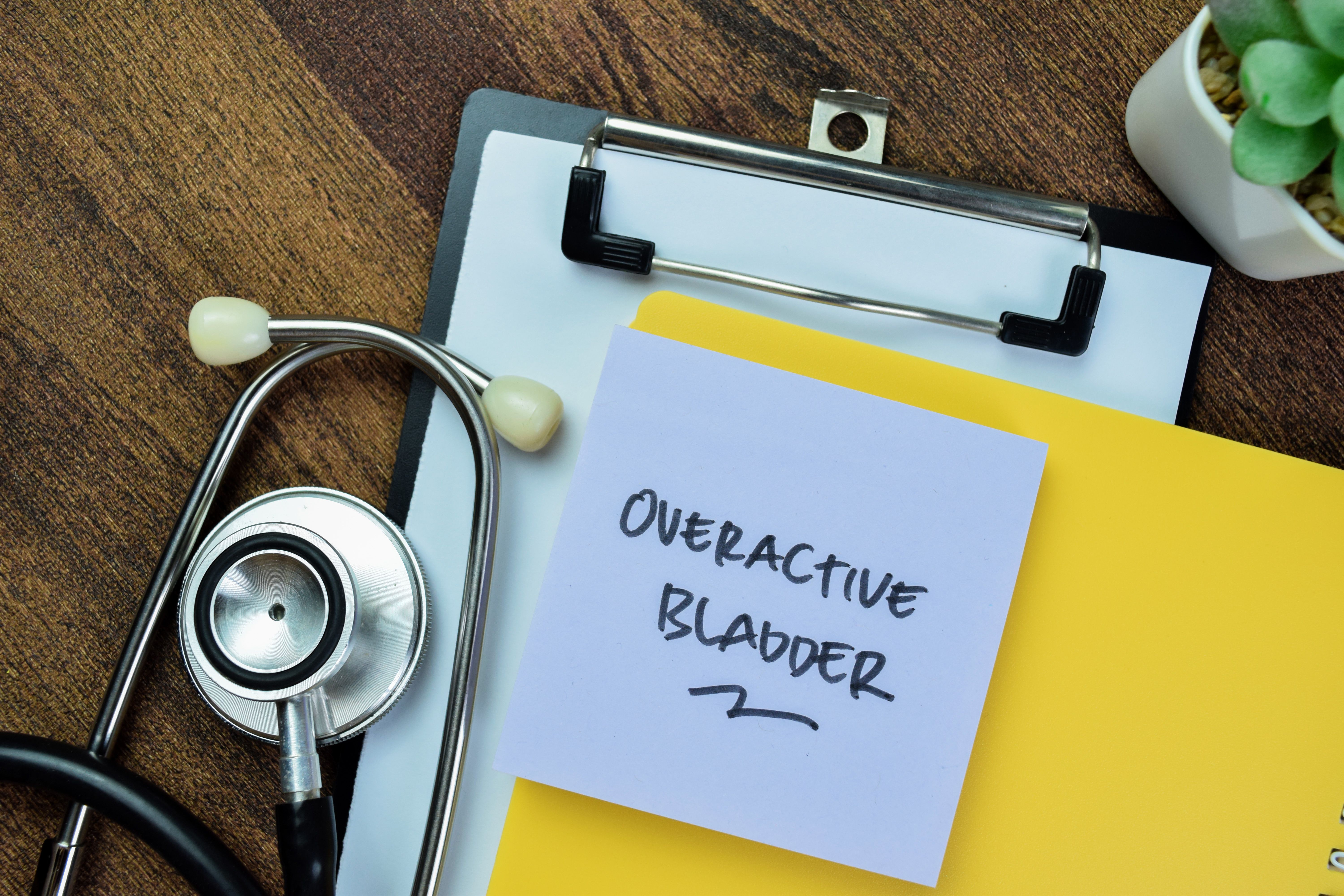Article
Improving the Value of Acute Care
In this Health Affairs blog, experts provide examples of payment reform in the emergency department that'd move away from the traditional fee-for-service, while at the same time improving outcomes at a lower cost.
More than a third of all patient encounters in the United States—354 million per year—are for acute, unscheduled care. Acute, unscheduled care or “acute care” refers to care for the critically sick and injured and encompasses a broad array of services, settings, and providers. Services range from life-saving stabilization and surgery performed in an emergency department and hospital after a traumatic motor vehicle crash to treating an uncomfortable urinary tract infection with antibiotics at an urgent care clinic or doctors’ office.
The financial support today for acute care is largely built on fee-for-service (FFS) payments, where each encounter is paid individually; thus more volume means more revenue. Increasingly, however, new alternative payment models (APMs) are being considered and implemented. APMs aim to shift away from FFS and reimburse quality and population health over volume of services. The theory is that paying providers differently will enable them to spend more time and resources on beneficial process changes that were not well-supported under FFS — such as preventive services, care management for chronically ill and complex patients, and care coordination. These steps are intended to improve patient outcomes, leading to lower costs.
Read the complete blog on Health Affairs: http://bit.ly/1E8gNm0




